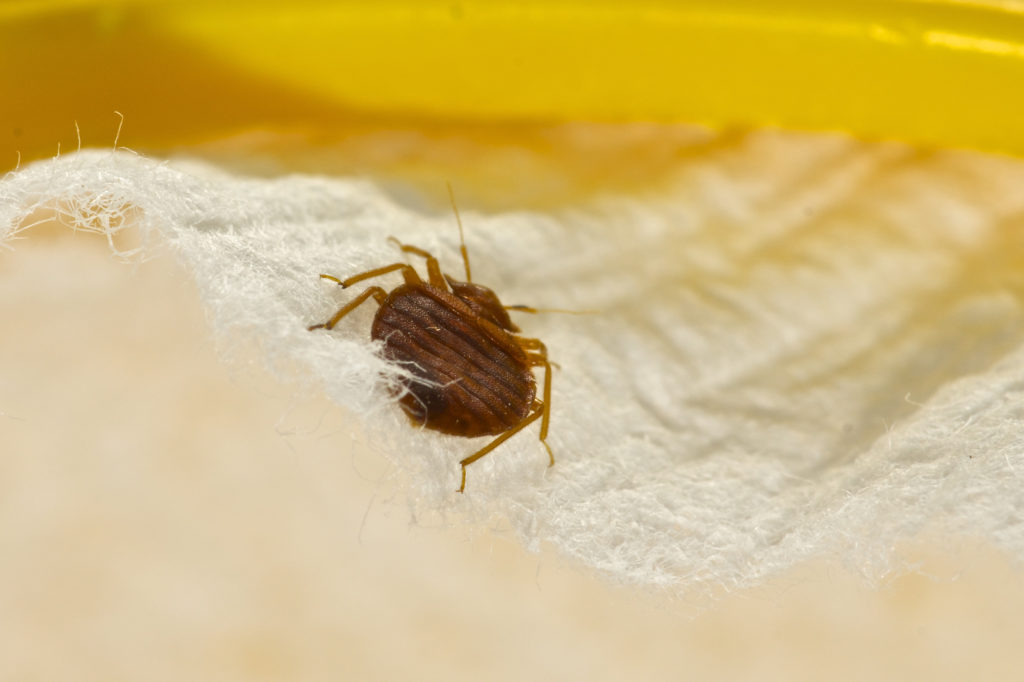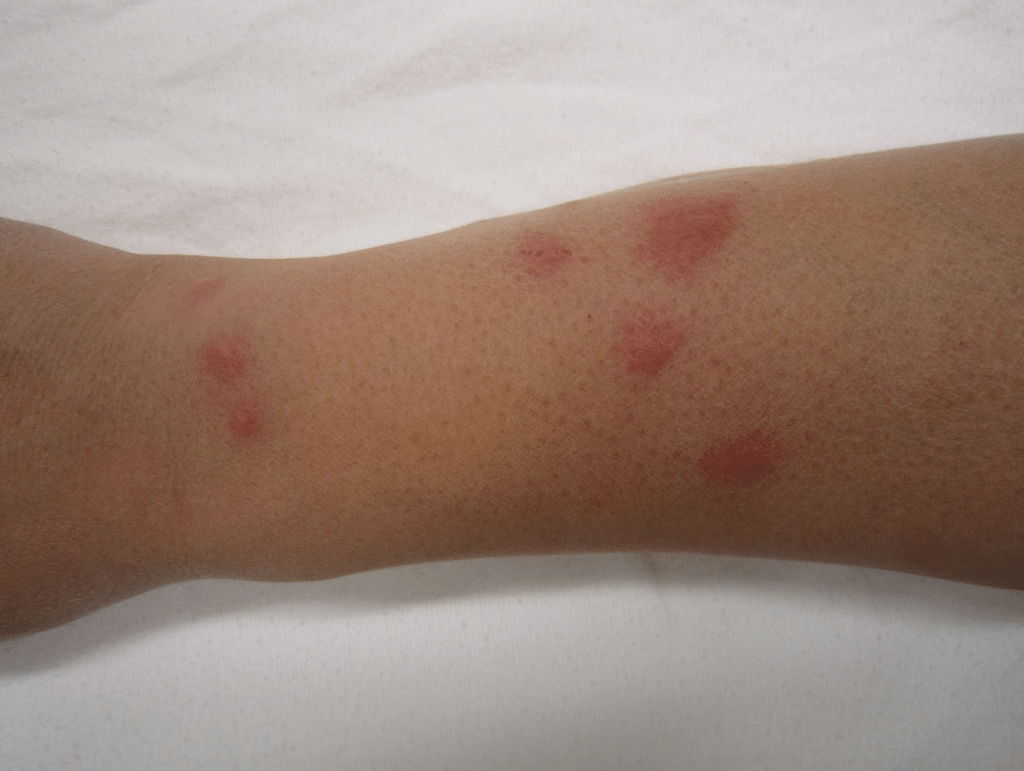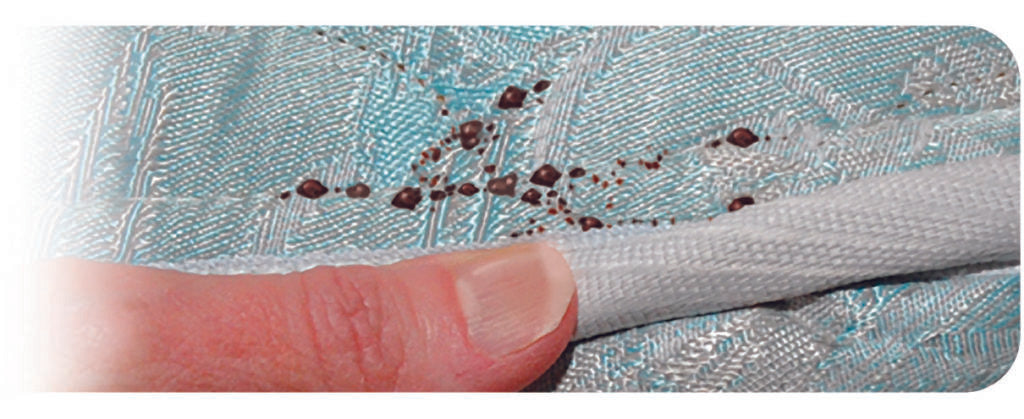Your Cart is Empty
Free Shipping on Orders Over $40
Free Shipping on Orders Over $40
Free Shipping on Orders Over $40
Ouch! So you just discovered an itchy red welt on your body while lounging on the couch or upon waking up from your sleep. Sometimes finding out the culprit biter is not as simple as you may think. Unfortunately, there are a lot of bugs out there that can bite you and love to drink your blood. If there’s an infestation around in your home, you’re in for a miserable time until you get to the bottom of what pest is present. Identification is important when it come to selecting a treatment approach because how are you going to know what to do and what control products to use if you don’t know what you are dealing with?






